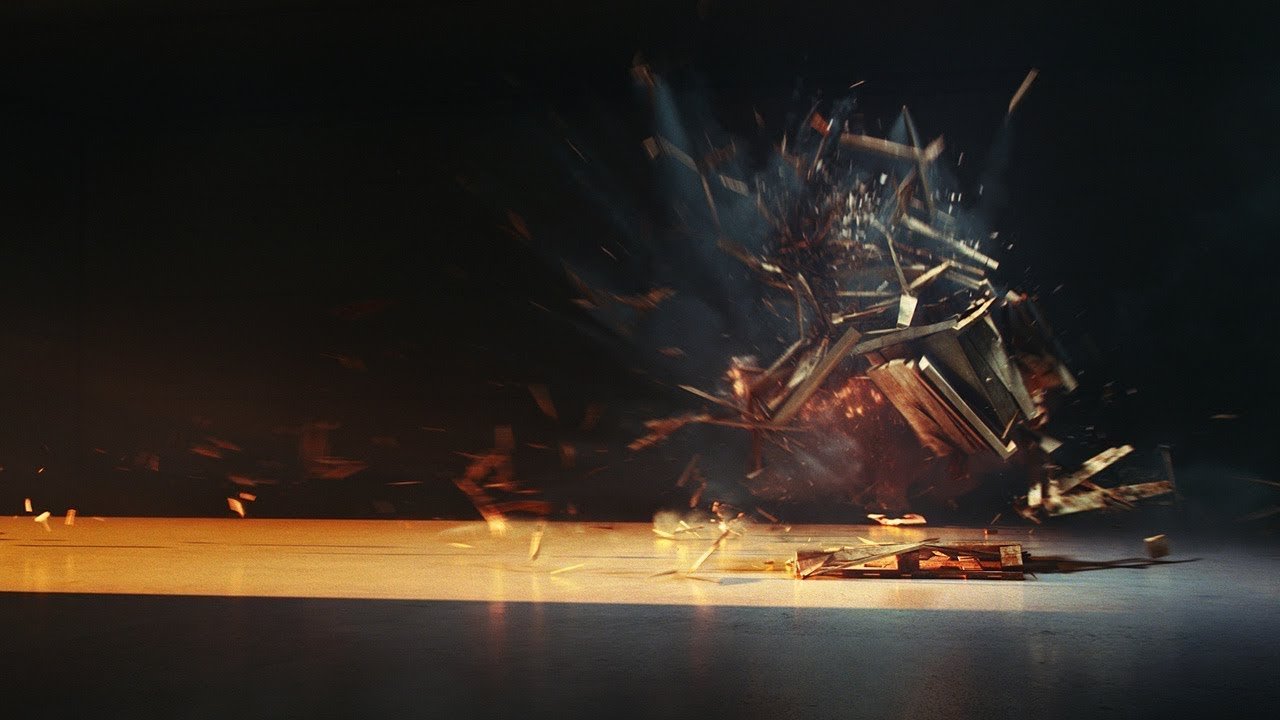Chaos Group has released Phoenix FD4 for Max and Maya. The update introduces exciting new features, including the return of Active Bodies. This addition enables users to effortlessly float geometry over liquids and manipulate it with flowing water. While there are currently no collisions between bodies and the fire/smoke simulators can’t disperse active bodies, this functionality is reportedly in development.
Both Voxel and Particle Tuners now have new nodes, empowering users with enhanced control over the simulation process. It’s now feasible to evaluate each voxel or particle against a customizable condition, modifying its channels, or even eliminating it.
A novel channel called TexUVW is introduced, transporting texture coordinates alongside the fluid simulation. Subsequently, during rendering, users can leverage this to achieve displacement flow with the fluid in either Mesh or Volumetric modes. Furthermore, you can modulate or replace the color and opacity of volumetrics with flowing texture maps, providing the ability to recolor the fluid post-simulation or to add detailed textures.
In 3DS Max, three Phoenix operators have been integrated into thinkingParticles, mirroring the functionality of the existing Particle Flow operators. These include a Birth operator, designed for generating Thinking Particles when Phoenix fluid meets specific criteria; a Force operator, which is used to propel Thinking Particles in tandem with the Phoenix fluid; and a Sample operator that reads properties of the Phoenix fluids for use in expressions within the TP graph.
Lastly, a new Standalone Cache Preview tool has been unveiled. This tool efficiently loads AUR, VDB, and F3D cache files and presents a voxel preview that’s significantly quicker compared to the viewports in 3DS Max and Maya. Additionally, there’s an experimental new Streamline Velocity preview, which assists users in visualizing fluid movement more intuitively.
